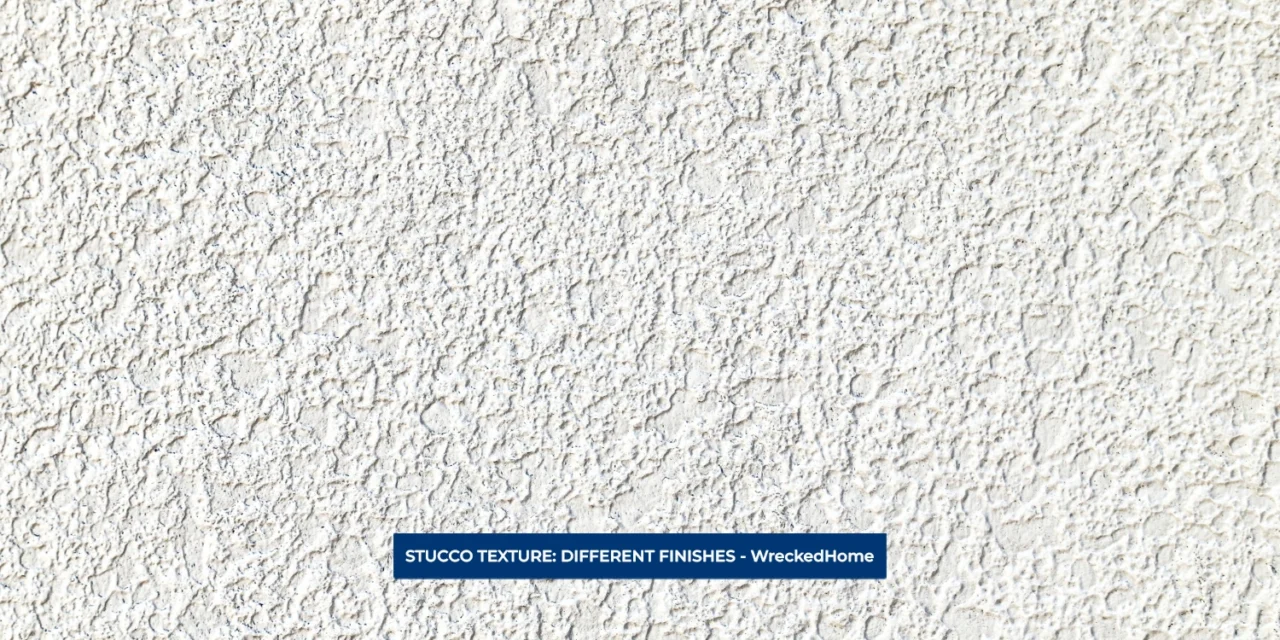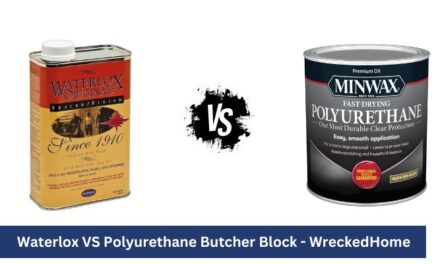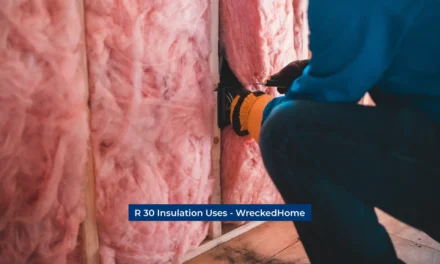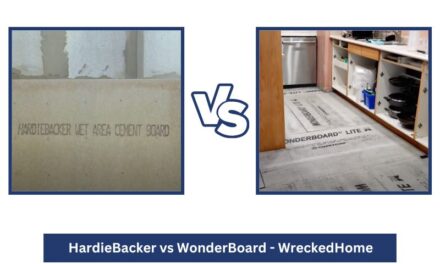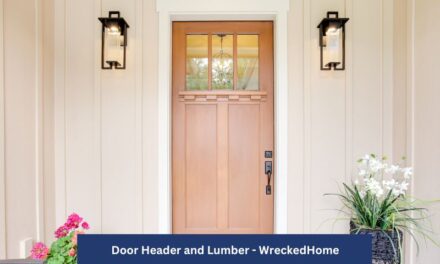Stucco is an exterior finish that gives a unique look to your home walls and ceilings. Its durability and versatility make it a good choice to apply to various surfaces. In areas with high humidity or moisture levels, stucco texture is best to use for interior walls. When it comes to variety, stucco comes in various textures and finishes. So, people have a wide variety to choose the perfect look for their home. In this article, we will explore various stucco textures and finishes so that you can make the perfect decision. Let’s explore this further!
What is Stucco Texture?
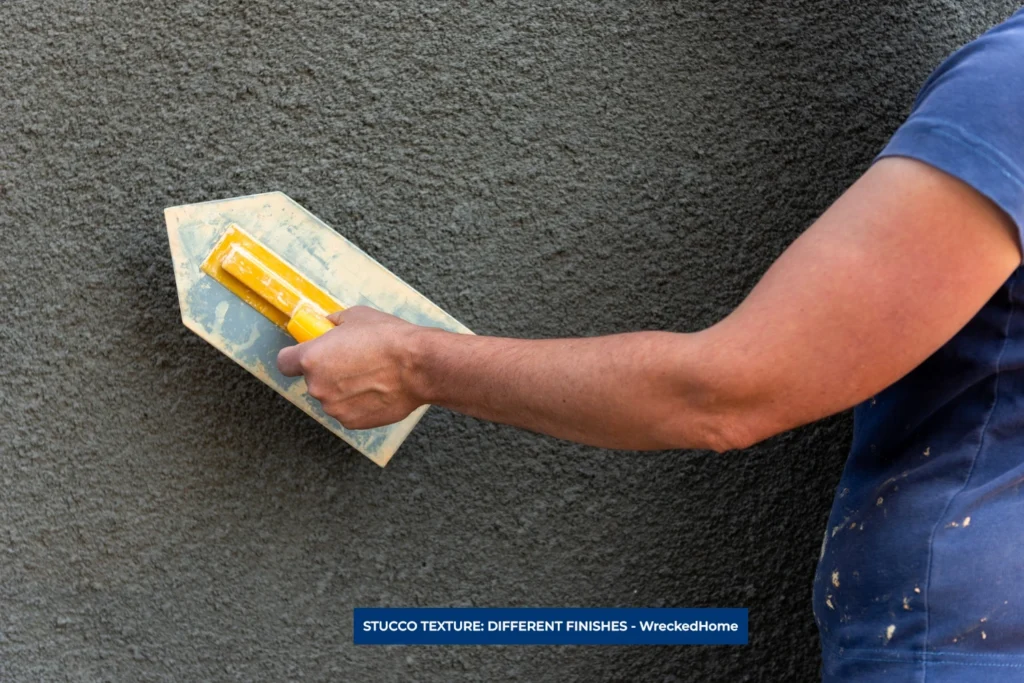
Stucco is a type of finish applied to ceilings and walls. Stucco is made up of a mixture of sand, water and cement. Stucco can be textured or smooth. It can also be painted or stained to achieve different looks. The texture of stucco is made by adding small pieces of gravel and other material. This gives it a rough and textured surface. Stucco also gives exterior walls a rustic or Mediterranean look. Use it on interior walls to add texture and visual interest.
You can apply it with a trowel on the wall in thin layers. Create different types of textures such as swirl marks, brushstrokes, and even patterns. The spray gun is also an option to apply a stucco finish. Mae sure that each layer fully dries. Then you can either paint or stain it.
Stucco Finishes
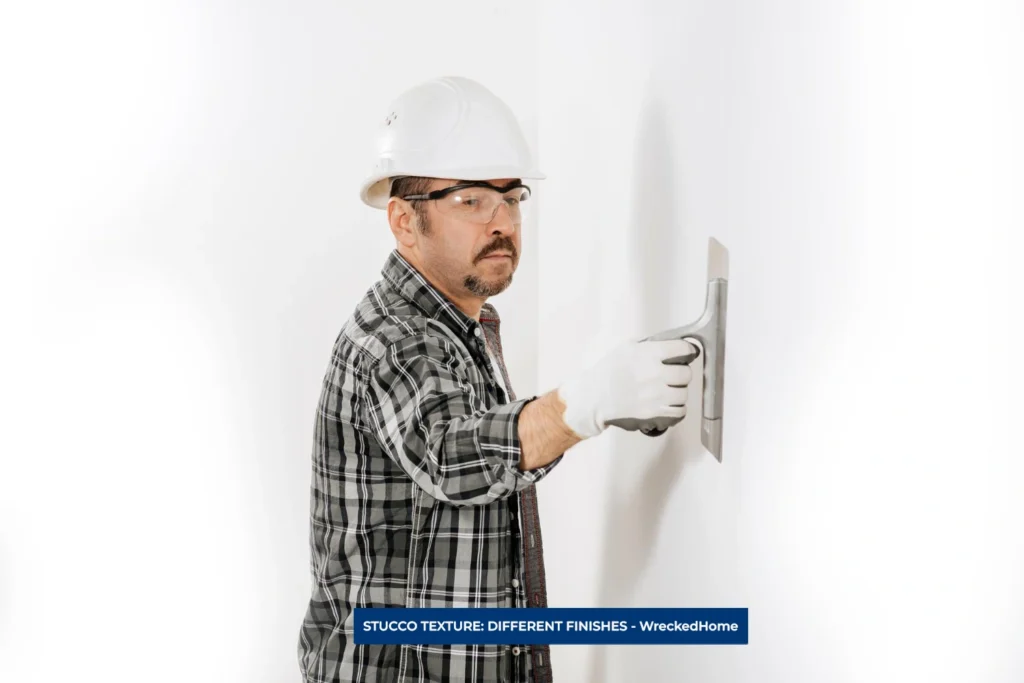
Sand Float Stucco Finish
The Sand texture is also known as a float stucco finish. It is one of the most popular stucco finishes. The name of the texture is sand due to its grainy appearance. Actual sand is mixed with stucco to achieve such texture.
The result in texture can be fine or coarse, depending upon the type of sand used. You can easily and quickly repair damage and cracks in the sand texture. Builders apply it with a float tool. The aim is to create a different versatility for buildings and homes. After that, use an airless spray or paint roller to apply the basic paint. Make sure that the stucco has enough space to breathe after the paint dries out. It is present in fine, medium and coarse options. It is also used in different commercial uses. See those uses below.
- Sand stucco is a versatile finish. You achieve it by using traditional or synthetic/acrylic stucco.
- It is very easy to apply and requires only one coat.
- Sand stucco is easy to apply, if the color matches up and edges are feathered properly.
- Green float gives the finish its texture.
Cat Face Stucco Finish
The cat face finish is also known as a California finish. It features a smooth surface with rough patches throughout the design. The rough patches of cat face stucco vary in size and spacing, depending upon the end result.
It creates a simple, airy and elegant look with large smooth areas and smaller rough patches. These patches are evenly scattered throughout the surface.
You can make changes to cat stucco by changing the color. It will fit the feel of your building.
Labor intensive cat stucco needs two coats to finish.
Its categories are fine or ultra fine, However, medium may also work. You cannot repair cat stucco easily if it breaks or cracks. Add layer of Sto’s Crack defense system. It will lower the presence of hairline cracking. These are available in various sizes and shapes.
Let’s see some other important points:
- It can vary greatly. That depends on how large and close inclusions are in relation to each other.
- Cat stucco finishes use two coats.
- You can use spray or trowel, but last touch is by hand.
- Cat face stucco is possible with fine and medium stucco products.
English Stucco Finish
This is a heavily brushed-on stucco texture. It gives an antique look with brush layer strokes with upward curls. English stucco can be repairable and patch durable.
These types of textures are less common than other finishes. You can find it in some construction projects and mostly in older buildings.
The English stucco finish is a traditional finish. It is not acrylic but still achievable for both materials.
- It is easier to use than other stucco finishes
- Less common and specially available for old buildings.
- English stucco comes in different variations.
Lace Stucco Finish
A lace stucco finish is another popular type. It is also known as lace or skip and trowel. It is the best suction to hide imperfections.
It creates a semi smooth finish that hides flaws and repairs easily. The lace and skip stucco’s light layer looks like cloudy lace. On the other hand heavy layers look like lace applied to the stone. Builders apply this stucco texture by spray or hand.
It’s the most common type of stucco according to people.
Lace stucco texture hides mistakes. Therefore, it’s a great option for both home and commercial use.
There are different variations of the finish that give an aesthetic look. Some other Lace Stucco finish properties are as follows:
- You can apply Lace Stucco by hand in most cases. Apply spray and flatten it with a trowel.
- It hides flaws and gives great forgiving texture.
- Lace stucco is available in fine, medium and coarse patterns.
- Apply two coats. First apply base coat and then apply texture.
Santa Barbara Stucco Finish:
If someone is looking for an elegant look, the first choice is Santa Barbara Stucco. It is also known as Santa Barbara Mission Finish. Spanish style homes use this finish and are left natural and unpainted. Santa Barbara finish is done in two coats. It is semi smooth and has a beautiful irregular finish. Santa Barbara uses fine sand particles that make natural and adorable style design.
Builders apply this stucco texture in two coats by using pool float trowel. The first one is base coat and second is a thick topcoat.
Stucco, this type of finish has slight color variations. It has a cement based nature that you can give coat or paint later to get uniform color.
- Santa Barbara is smooth after applying and when it dries.
- It is a traditional type of stucco material.
- This texture is difficult to apply and patch.
Smooth Stucco Finish
The smooth Stucco finish has a clean and elegant design. It gives an elegant, sleek and clean look. This specific texture is perfect for industrial design. A smooth Stucco finish requires ultra smooth substrate. It is a challenge to achieve that substrate.
Its demand is rapidly growing but it is difficult to achieve. Smooth texture helps to make it clean easily. This quality helps to make comfortable changes including colors. Through this quality you can achieve mottled look.
- It is very hard to achieve and crack easily as compared to other texture.
- Add color to wall directly to achieve mottled look.
- You can use pool trowel or swimming pool trowel.
- Use fine and ultra-fine base material to remove lines.
- You can also use a medium texture in some cases.
- It is a fine cement based finish. You can achieve it by using acrylic stucco finish.
Dash Stucco Finish:
The Dash Stucco finish gives a gritty and bumpy look. It varies in texture from light to dense. To make a unique texture, add shells, pebbles and fine gravel to the mix.
Builders spray dash Stucco on exterior of a structure. They spray it with pressure gun and a hopper gun. It results in an uneven and rough finish. Due to the uneven finish it is easy to patch if cracks or breaks. Knock down peaks of stucco with metal trowel to achieve a knockdown dash finish.
- Spray the finish in a light, heavy or medium volume and it has its own unique look.
- Apply it with hand for small areas and spray by using a small hopper gun.
- To achieve uniform results two to three coats are needed.
- For this particular texture, both synthetic and traditional stucco will work.
- It gives a rough texture after drying which may be a problem sometimes.
- You can apply it by using more air pressure, which gives it fine look. Using even amount of air and material gives a medium texture. For heavy texture, use more material and less air.
- In this type of texture, the color must be matched correctly. It is easily patched.
Visit our store for 10% off our Home Maintenance products here.
Worm/Swirl Or Putz Finishes:
It creates tiny grooves in the texture because of large pieces of aggregate. Builders apply this swirl finish with a trowel. It can be fine, medium or heavy, which becomes a unique exterior. It has an interesting look but it is not very common.
- It is usually a synthetic stucco finish, that uses a special material. Special aggregates help to achieve this texture.
- It comes in fine, medium and coarse patterns.
- It is not popular finish, but unique from others.
- This specific texture is hard to apply and patch.
- To achieve this texture, apply it with your hand or rub it around in circular motion.
Sto Stucco Finishes
The Stan Stucco finish gives an aesthetic look. It is specially designed for architects, building owners and builders to give them complete freedom of design. They can select textures and colors that match all your needs. Sto texture is a durable finish to meet high standards to resist water and dirt. It protects the value of your home or building and maintains its outside curb appeal. This stucco texture is modern, historic, sophisticated, elegant and more. It has two more types.
Sto Powerflex Silco
Sto poweflex is elastomeric textured wall coating. It is decorative and protective wall finish, which comes in four options.
Sto Powerwall
This is made of an acrylic and polymer which makes it flexible. Its finish also acts as a decorative and protective wall finish.
Conclusion
Stucco textures and finishes make walls and ceilings look amazing. The availability of various options is a good point in choosing them over other options. They are durable and versatile and perfect for your home’s new decor. We hope that you learned about the different finishes and their features. This should put you in the right direction to make a better choice.
For any repairs, installations, builds, or questions; We recommend you to hire a professional. Find A Pro Near You Here!
FAQs
What finish is best for stucco texture?
The most popular one is lace finish. It adds visual interest to your walls and also hides faults in stucco.
Is stucco plaster?
Stucco is special type of plaster but not exactly same thing. Both have different composition and uses. The installation process is also different.
What is first coat of stucco called?
The first coat of stucco is a scratch coat, which is thin layer of stucco applied to the surface and provides a good base for further coats. It is rough coat makes it rough to create a better bond with the next coat.

